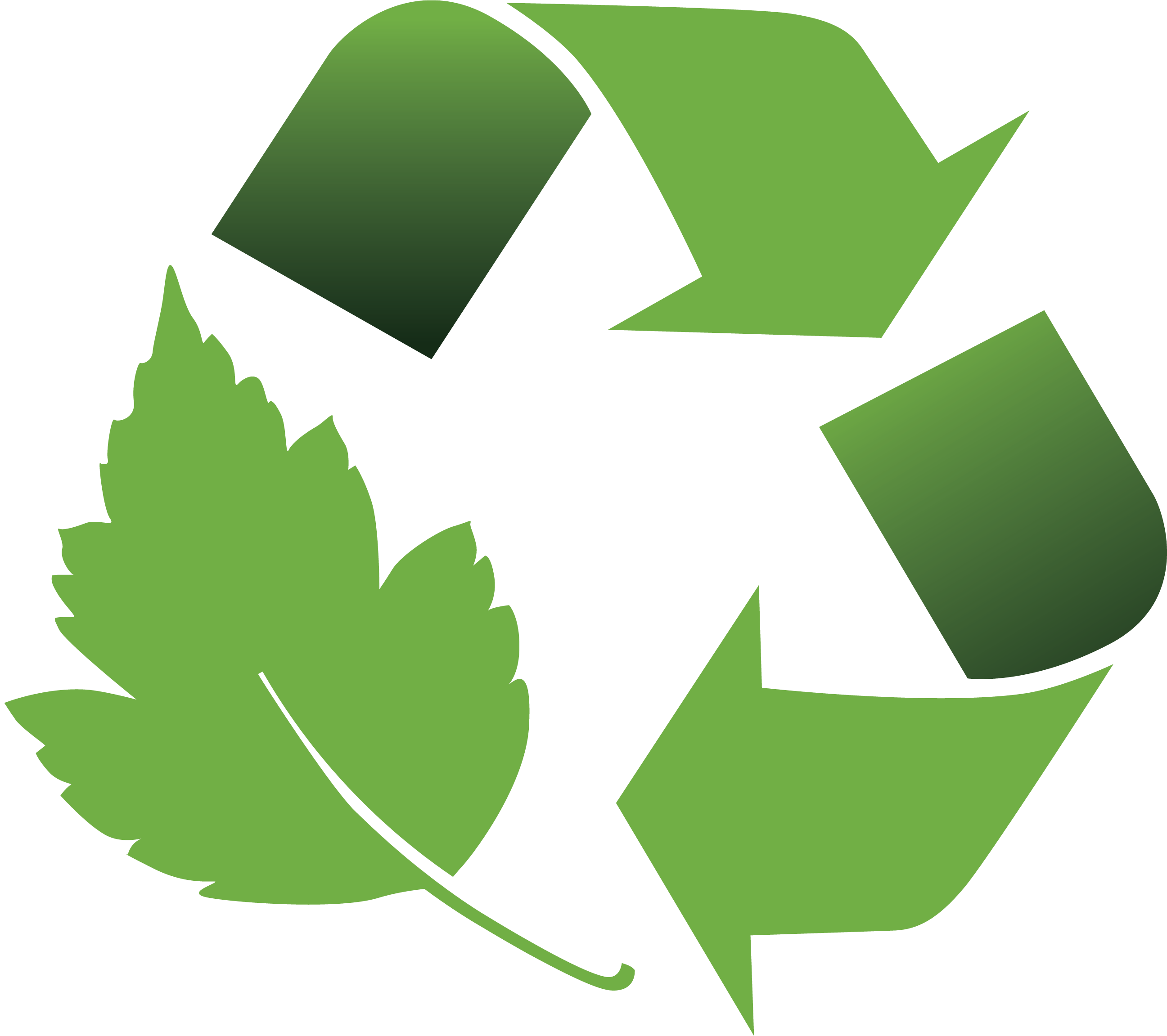How Did Corrosion Intercept® Come To Be?
For over a century, protective measures against corrosive gases in the atmosphere have been a major concern because certain methods weren't exactly turnkey solutions to prevent corrosion, tarnish and degradation. Some forms of corrosion protection included chemically coating or oiling the specific metal but as time goes on, this coating would simply wear away and no longer provide protection. Another form included the change of the pH properties of the metal which would affect overall performance. As time progressed, Intercept TechnologyTMwas introduced as an effective anti-tarnish solution for metals like silver but how did this technology come to be?

Statue of Liberty Restoration
The Statue of Liberty underwent a major restoration in 1984, completed in 1986, because after years and years of exposure to the elements, its copper surface was deteriorating and its interior layout was inefficient when accommodating visitors. To fix these problems, a massive overhaul of the national monument commenced which adjusted the interior layout and design as well as exterior surface.
Some copper sheets on Lady Liberty's exterior needed replacing but the problem was that new copper sheets would not match the existing sheets in appearance. In order to avoid patchwork that would be mismatched and take years to corrode to the correct color, the new copper sheets needed to quickly undergo the patina corrosion process which would transform into that iconic green color. The patina process was hastened when John Franey (corrosion researcher of Bell Labs) started seeding the existing patina onto the new copper. This process permitted the new copper to change appearance within 3 weeks and Lady Liberty was the same color 3 months later.
The principle was then put towards engineering a polymer to create a reactive barrier, providing a turnkey and effective solution to protect packaged goods against the abrasive effects of corrosion. Franey was then able to, in a sense, reverse engineer the corrosive properties and modify a polymer to drastically slow the corrosion process. These corrosive elements stem from pollutants in the atmosphere like sulfur, hydrogen sulfide, nitrous oxides and other gases that will attack metals and result in chemical reactions that produce corrosion and tarnish. When Corrosion Intercept® and Static Intercept® are combined in the lining of sterling silver storage bags, strips, paper and other protective devices, they rely on copper to react within the enclosed environment. From here, the technology cleans the corrosive conditions which neutralizes and purifies the environment within the package.
That being said, Intercept TechnologyTM has been the go-to choice for corrosion protection since its development over 20 years ago. It's used in a wide variety of industries and consumers at home know it best for its protection against tarnish and corrosion.




